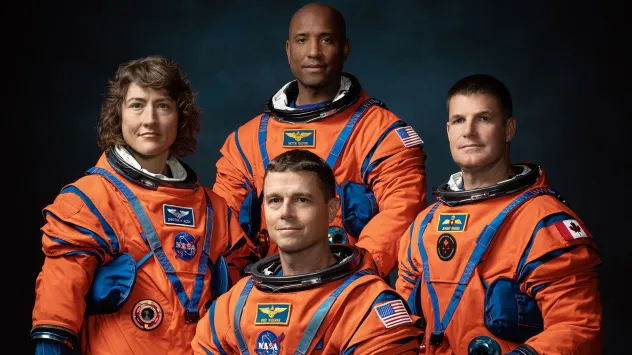
1. Artemis III -The first human mission to the moon since the 1972 Apollo 17. This mission will land the first woman and the next man on the lunar surface. It also includes testing of innovative technologies for human exploration further into space.
2. Mars Sample Return – This mission will collect rock and soil samples on the red planet for further study by scientists back on Earth. The samples are expected to provide important clues to how Mars formed and evolved.
3. SPHEREx -The Spectro-Photometer for the History of the Universe, Epoch of Reionization, and Ices Explorer (SPHEREx) is a NASA mission designed to survey the entire sky in the infrared spectrum. This mission will provide unprecedented insights into the formation and evolution of galaxies, the nature of dark matter and dark energy, and the possible histories of water and other volatiles across cosmic time.
4. Psyche – This mission will explore a unique metal celestial body orbiting the Sun in the asteroid belt between Mars and Jupiter. By visiting this unique object, the mission will gain insight into the formation and evolution of planetary cores. It may also help us understand how other terrestrial planets, including Earth, were formed.
5. JWST -The James Webb Space Telescope (JWST) is the premier observatory of the next generation. JWST will be the successor to the Hubble Space Telescope, and will be the largest space telescope ever launched. Its capabilities will allow astronomers to further explore the evolution of galaxies, infall of gas into galaxies, and physical conditions of stars and star-forming clouds.











